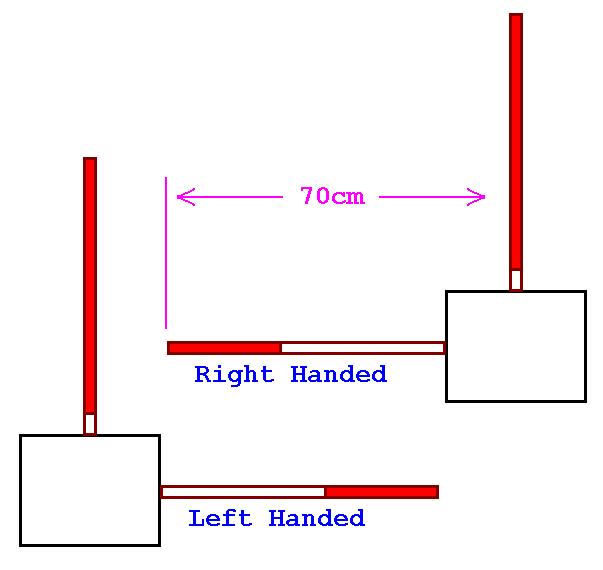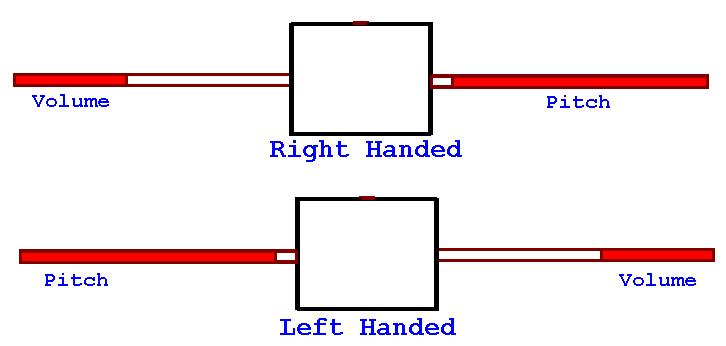I am looking at the mechanical details of my latest theremin - the practical stuff like what available enclosures I can get, antenna construction, connectors etc - all the sort of things to turn a prototype into a manufacturable / sellable unit.
Not going to go into too much detail about this theremin - It may never get to production.. But the antennas are a major feature.. They are directional - one side is completely insensitive to capacitive change, and the other (player facing) side has a uniform sensitivity in a field of about 100 degrees, reducing as one approaches 180 degrees. These antennas are quite complex to make - they have 3 layers.. One sensing layer which faces the player, a shielding layer behind it, and a ground layer facing away from the player - A flexible PCB inserted inside a perspex tube facilitates the sensing / shielding layers (and has some active electronics on it), and foil on the outer layer of the tube facilitates the earth layer.
Implementing a volume loop in this technology requires (too) expensive moulding - (Implementing the volume antenna with the same directional nature is almost essential, as the shielding is an integral part of how this theremin works - Even though directionality for this antenna could be seen as a waste of effort, it would be more difficult to make this antenna "normal", and has the advantage that the theremin can be placed on a metal grounded table, or on a synth rack for example, and still work without problem)
I also want easy left-right hand playing options, so I have devised a scheme which does everything I want.. But loses the loop.
Below are diagrams.. There are (or will be) 3 stereo 1/4" jack sockets on the theremin, one on the top, one on the LHS and one on the RHS. The antennas are encoded so the theremin knows whether a volume or pitch antenna is plugged into any socket, and sets itself up appropriately..
Red shows the sensing area facing the player .. The antennas can be rotated so the player can focus the field to whatever their preferred angle.
I would like feedback, positive or negetive - Would YOU be happy to replace a loop with a rod ?


The above are not to scale! Actual theremin enclosure has not been defined yet. Antennas are 50cm in length, 18mm Diameter perspex tubes with 1/4" jack plugs on the end.. the "70cm" shown will depend on the enclosure chosen - it will be this enclosures width / 2 + 50cm.. Most likely the enclosure will be 22cm width, so the distance from its centre to the volume antenna outer tip will be about 61cm.
The volume antenna is only sensitive from about 20cm from its end - volume can be changed by hand movement both in the horizontal area (louder as the hand approaches the theremin and moves away from the sensitive area) or in the normal way when the hand is above its sensitive zone.. At a future time I hope to have dual sensors on the volume antenna to facilitate other functions.
Fred.
Some case styles I am looking at: (these are combined metal + plastic - If anyone knows of a nice sloping panel plastic enclosure with a flat top section, a panel area of about 200mm x 100mm and depth of >= 30mm at the shallow end and perhaps 100mm at the deep end - Or any thing really, with a flat top for mounting the vertical antenna socket, please let me know!.
https://www.altinkaya.eu/ is the supplier am am most interested in at present.




